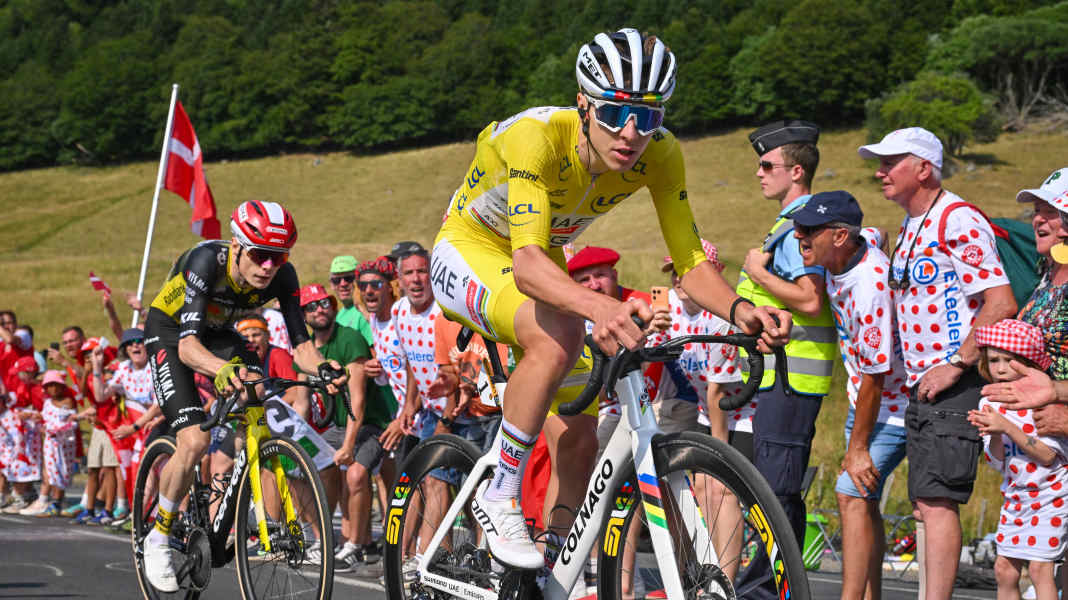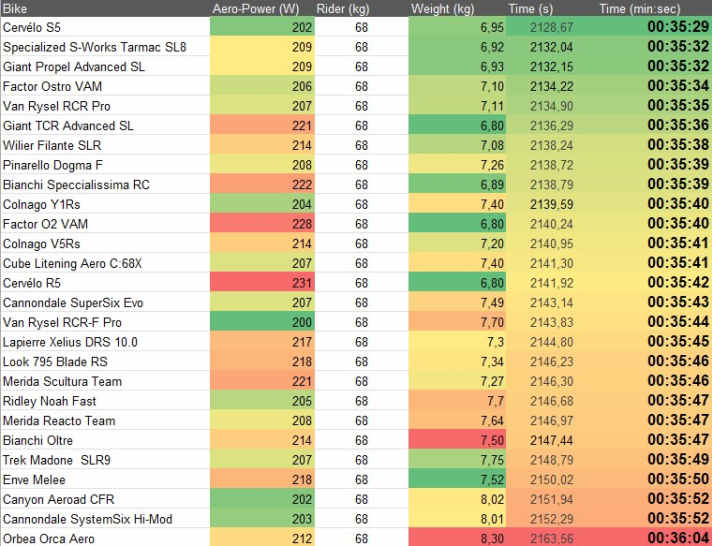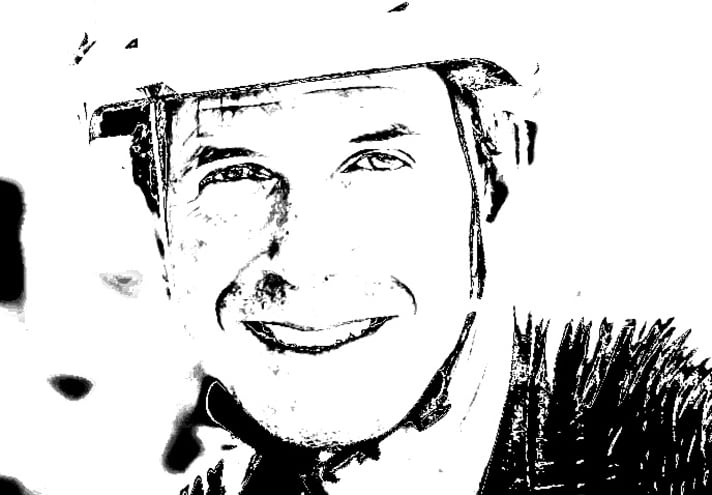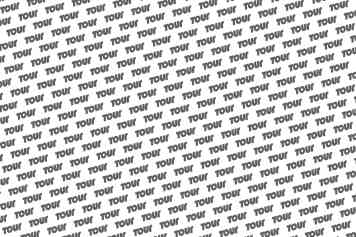
Tour de France 2025 - Stage 12: Auch - Hautacam | 180,6 Kilometers

On the twelfth stage, the first Pyrenean peaks loom ahead of the riders, and with them the first long climbs of the Tour. The cards are being reshuffled, and now it's no longer a matter of seconds, but minutes.
The Col du Soulor kicks things off. 11.8 kilometers with an average gradient of 7.7% must be climbed. This is followed by the short counter-climb to the Col de Bordères before the 13.6 kilometers with an average gradient of 7.8% to Hautacam.
The Col du Soulor is irregular. However, it is questionable whether there will be any attacks here. The GC riders will probably only test themselves on the final climb. This is harder – in the middle section, there are two kilometers with an average gradient of just over 10% to climb.
So, is it time to leave the aero bikes behind and switch to climbing bikes? In our simulation, we examine the climb to Hautacam. Our avatar rides fast into the mountain and attacks 6.5 kilometers before the finish.
The number of the day: 35 seconds
The result of our calculation: Light bikes have a tough time this year. Of course, aerodynamic and heavy is not an option either: the fastest bike has a 35-second lead over a heavy aero racer on the final climb.
The ranking is once again led by the Cervélo S5, followed by the Specialized Tarmac SL8 and the Giant Propel. If the decision is made earlier than on the final climb, the lightweight aero bikes are of course the better choice because they are faster on the descents. Regardless of how the stage plays out in detail, we see no reason to forego aero features for the sake of 200 grams, as the mountain is not steep enough for that. Accordingly, it would not be necessary for Tadej Pogačar to switch from his Y1Rs to the V5Rs. However, the bikes are very close together in our calculations, so there may be other reasons to switch bikes.
An overview of the (almost) complete field*

The table shows: On the final climb of the twelfth stage, the bikes that combine low weight and good aerodynamics are in the lead.
*) The calculations are based on the bikes tested by TOUR in the laboratory and wind tunnel. The machines used in the Tour de France may differ in detail. Of course, we were not yet able to examine last-minute prototypes. Background information on the simulation.
Our expert

Robert Kühnen studied mechanical engineering, writes for TOUR about technology and training topics and develops testing methods. Robert has been refining the simulation calculations for years, they are also used by professional teams.
